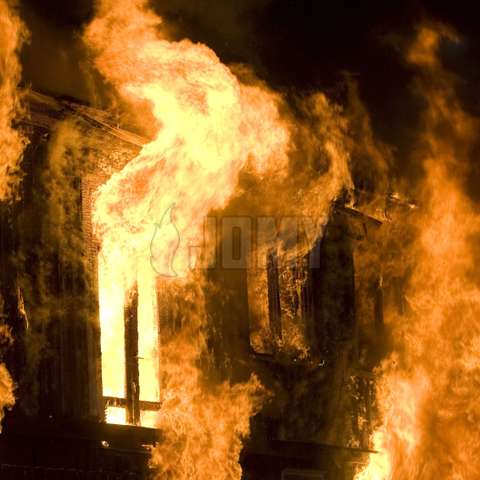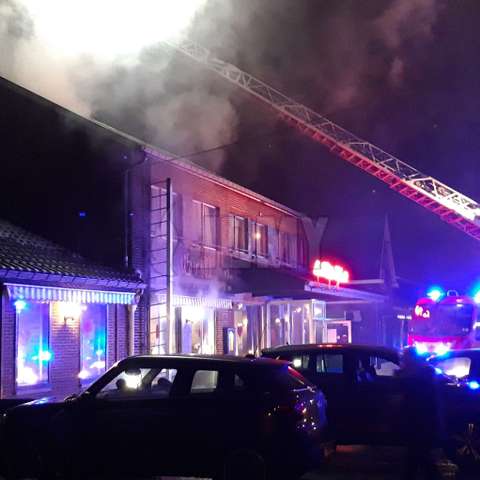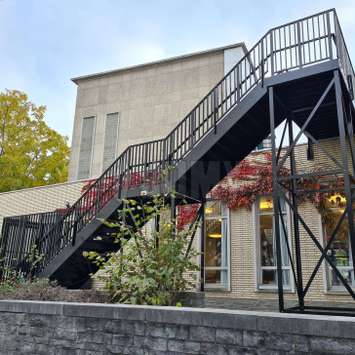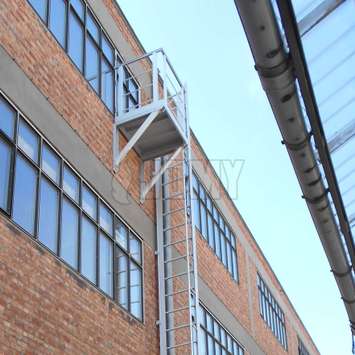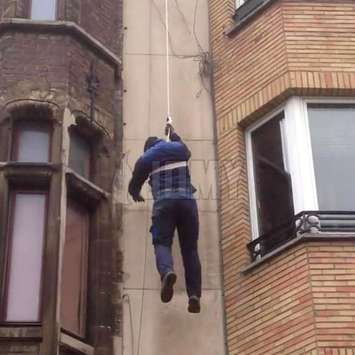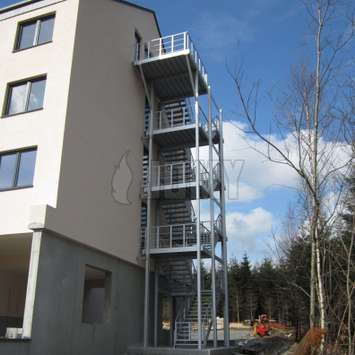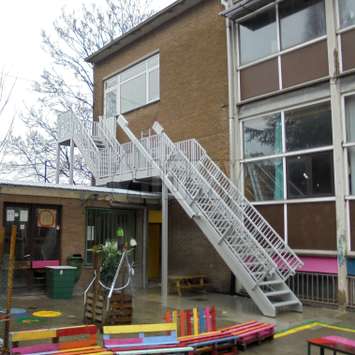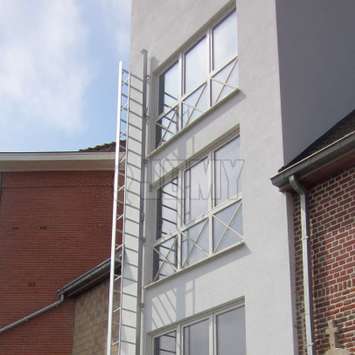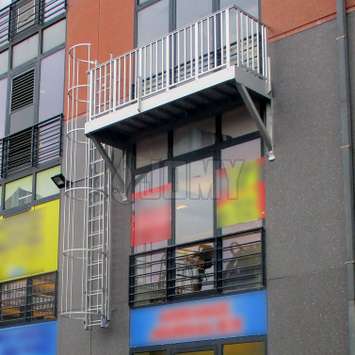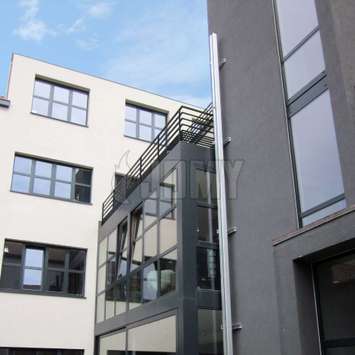Fire Evacuation in Apartments and Industrial Buildings
Fire evacuation is a crucial part of safety planning in both apartment complexes and industrial buildings. In the event of a fire, a well-organized and effective evacuation plan is vital to ensure the safety of residents, employees, and visitors.
In apartment complexes, evacuation options may vary depending on the size and structure of the building. One of the primary options for safely exiting an apartment complex is the use of fire escape stairs. Fire escape stairs provide a clear and designated route downward, away from the fire. They are often equipped with fire-resistant doors and emergency lighting to ensure safety even in case of power outage. Additionally, cage ladders and fire ladders, placed on the exterior of the building, can serve as alternative evacuation options for higher floors.
In industrial buildings, fire evacuation plans can be more complex due to the presence of hazardous materials, machinery, and large open spaces. In addition to fire escape stairs, industrial buildings can utilize specific fire stairs designed for quick and safe evacuation. These fire stairs are usually located on the exterior of the building and provide an independent and easily accessible route downward. Additionally, cage ladders can be installed for evacuations at higher levels where fire stairs may not be sufficient.
